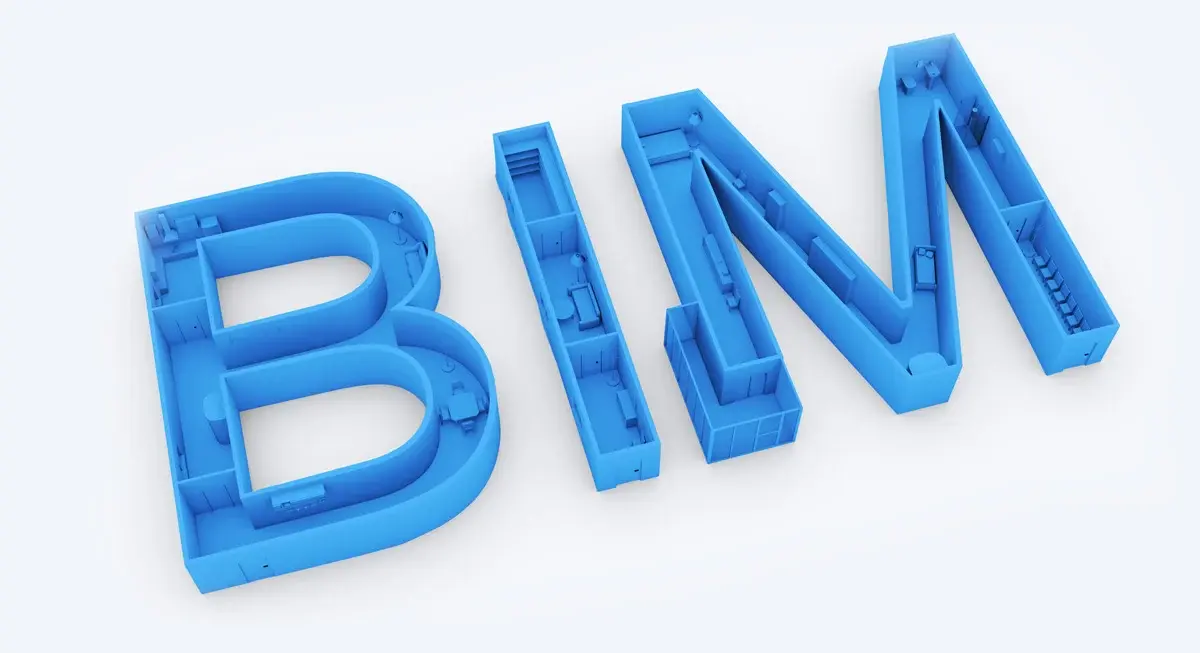
Postmodern architecture presents itself through complexities and ironic elements in the public domain of the Piazza d'Italia of New Orleans. Architecture historian Charles Moore developed this playful yet symbolic architectural project during the late 1970s as a modernist break from minimalist architectural approaches. The Piazza d’Italia united classical references with contemporary materials, vibrant colors, and theatrical effects to serve as a cultural homage to the Italian-American community, but evolved into something greater.
Academic researchers currently examine Piazza d'Italia in New Orleans because it stands as a landmark while providing valuable insights into modern urban design methodologies, historical storytelling methods, and architectural satire approaches. This blog post examines the important elements that constructed this famous public square.
Quick Facts: Piazza d’Italia
|
Attribute |
Details |
|
Piazza d’Italia Location |
New Orleans, Louisiana, USA |
|
Year Completed |
1978 |
|
Piazza d’Italia Architect |
Charles Moore (Moore/Grover Harper) |
|
Commissioned By |
The City of New Orleans |
|
Purpose |
Public plaza honoring Italian-American heritage |
|
Design Style |
Postmodern architecture |
|
Notable Features |
Colonnades, neon lighting, water features, stylized ruins |
Who Was Charles Moore?

American architect Charles Moore dedicated his professional career to rejecting contemporary style traditions in modernism while demonstrating talent both in teaching and architecture. Architectural identification with user experience became his foundation to produce buildings made of symbolic motifs and cultural stories. Postmodern architecture contains architectural views developed by Moore to challenge the minimalist building principles of functionalist design.
His architectural designs obtained theatrical characteristics from using decorative elements, expressive spaces, and ironic design aspects. His most famous creation, The Piazza d'Italia by Charles Moore, demonstrates all the principles of postmodern design.
Moore’s influence extended beyond design. Many people sought inspiration from his teaching activities alongside his published works, while he encouraged architects to balance effective social tasks with emotional space development.
Design Features of Piazza d’Italia

This place incorporates Piazza architectural elements, which present classical symbolism through playful spatial arrangements. The architectural design incorporates ancient Roman public squares by employing an exaggerated version of their original forms.
1. Stylized Classical Forms
The space shows outlines of colonnades and arches, and classical columns that use modern materials such as stainless steel apart from stone. The structure uses Roman ruin-like features as its basis, yet presents them exaggeratedly and dramatically.
2. Water Features and Lighting
The center of the site holds a fountain surrounded by a network of water channels that cascade downwards. The plaza transforms into an urban performance space when colored neon lights turn it on at night. Such a union between water elements and artificial illumination remained a novelty in civic architecture of that period.
3. Use of Color
The pop-colored elements strongly differ from the black-and-white palette of modernist design. The site gains extra vitality by strategically placing yellow, red, and blue elements, preventing the structure from appearing stagnant.
4. Paved Italic Map
The plaza's center features integrated Italian map paving, a fundamental tribute to Italian-Americans in this Piazza Italia Park.
Together, these elements make the site highly interactive and symbolic—core traits of Piazza d'Italia style.
Also Read - Tadao Ando's Beach House for Kanye West: A Masterpiece in Minimalism
Postmodern Themes Used in the Piazza d’Italia Architecture

The plaza functions beyond being an homage because it takes an evaluative stance. The monument denies modernist seriousness through its postmodern structure, which combines contemporary and antique elements.
1. Irony and Playfulness
This site differs from modernism by its humorous design, while modernism maintains strict austerity. The architectural references for this site adopt a playful approach to historical structures instead of traditional respect.
2. Historical Layering
The site uses outdated architectural components instead of repeating original forms as a fresh interpretation. The plaza utilizes ruins and arches, and columns as visual elements that express concepts about memory restoration in typical postmodern fashion.
3. Fragmentation and Contrast
The layout is intentionally non-linear. This design's spaces merge without establishing a dominant focal point because postmodernism opposes strict organizational structures.
4. Symbolism
The project serves multiple purposes by paying tribute to a particular ethnic group while expressing how cultural memories depend on human creation.
The principles follow current computational design practices by enabling designers to test various symbolic elements, structural design, and functional features. Understand how BIM technology connects to sustainable building design through the article How Can Sustainable Building Design Be Improved With BIM?.
Construction Material Used in Building Piazza d’Italia
One of the key reasons the Piazza d’Italia was so striking—and discussed—was its material palette.
1. Stainless Steel
Used to form columns and other classical elements, stainless steel added a reflective, futuristic quality to otherwise traditional forms.
2. Neon Lighting
Integrated into fountains and cornices, neon was used not for signage but as a design material—a bold move in civic architecture at the time.
3. Concrete and Painted Surfaces
Concrete provided structure, while painted surfaces brought color into traditionally neutral architectural elements.
4. Water Elements
Integrated plumbing and fountains brought sound and motion into the space, creating a sensory experience.
This diverse use of materials reflects what modern architects continue to explore in experimental public design. To understand how modern materials are shaping global design, refer to 10 Sustainable Building Materials and Famous Designers Who Use Them.
Also Read - Jeddah Tower: The World’s Tallest Skyscraper Making a Comeback
Conclusion
The Piazza d’Italia in New Orleans stands out as one of the most discussed postmodern public spaces that architects and critics continue to evaluate. The stainless-steel colonnade structure and its Italian map installation represent a tribute that initiates discussions among observers.
The project presents architects with knowledge about symbolism and cultural understanding through material development and design risks. This project successfully proved its durability by continuing to educate and challenge its audience despite the natural degradation experienced by other postmodern projects.
Developing designs with comparable complexity requires a deep understanding of BIM software tools. The BIM Professional Course for Architects at Novatr enables architects to transform their elaborate conceptual ideas into practical, feasible, optimal designs.
Novatr has made all career-advance learning programs accessible through their website. The Novatr Resource Page contains architectural stories, innovative design strategies, and simulation understanding worldwide.
Was this content helpful to you



.jpg)






.png)
